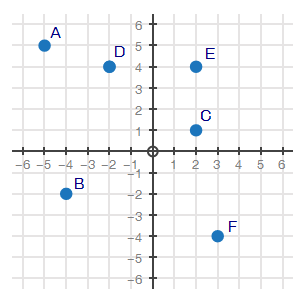Answer in a complete paragraph response:
- How has the Evaluate module prepared you to meet each standard listed above? Link to or provide specific examples from your work in Evaluate.
- Standard D: The online teacher promotes student success through clear expectations, prompt responses, and regular feedback.
Hello Everyone, I wanted to talk about lesson 8.09. I know that some of you are not there yet but this applies to all AP CS A students once they get to the javaDoc statementsThis lesson is on how to create JavaDocs. It is an important lesson in that it shows you how to comment your methods, classes and programs.I will not accept any programs without the proper Comments which include JavaDocs. If you turn in programs without the proper documentation I will be sending them back to you for a retry. Please watch the following video.https://youtu.be/SpJNdLh8WXI - Standard G: The online teacher demonstrates competencies in creating and implementing assessments in online learning environments in ways that ensure validity and reliability of the instruments and procedures.
https://lsnossevaluate.blogspot.com/2019/01/evaluate-1-summative-assessments.html - Standard H: The online teacher develops and delivers assessments, projects, and assignments that meet standards-based learning goals and assesses learning progress by measuring student achievement of the learning goals.
https://lsnossevaluate.blogspot.com/2019/01/evaluate-2-data-driven-instruction.html - Standard I: The online teacher demonstrates competency in using data from assessments and other data sources to modify content and to guide student learning.
https://lsnossevaluate.blogspot.com/2019/01/evaluate-3-personalized-teaching-and.html
- What strategies will you take away from the Evaluate module and apply to your teaching?
The strength of great feedback
- What lessons were most beneficial for you?
Quality feedback
Criteria C - Data Driven Instruction and Analytics: Describe the ways in which instructors who utilize data have an advantage over those who do not.

Criteria E - Self-Reflection on Teaching Abilities: Include at least one screenshot of a teaching artifact showcasing your individual weaknesses. Be sure to include artifacts such as evaluation feedback, personal reflections, e-portfolio links, professional growth plans, and anything else that showcases introspection into your weaknesses as an online educator.
Critera F - Evaluate Reflection: Discuss tools and strategies learned within Evaluate that can be applied in your personal teaching methods.
Using different tools to evaluate students.
Using and creating rubrics
Using Snagit and showing the students how to use it for a different kind of evaluation.

Using Socrative and Kahoot! for a fun evaluation

Critera F - Evaluate Reflection: Reflects on teaching, and shares which lessons from Evaluate will be most beneficial to you as an instructor in the online teaching environment.
Using different ways to evaluate student work.

I use Analytics in Youtube to see if I need to make more on a topic or redo. I can also look at the comments.

Data driven assessments
Quality feedback












